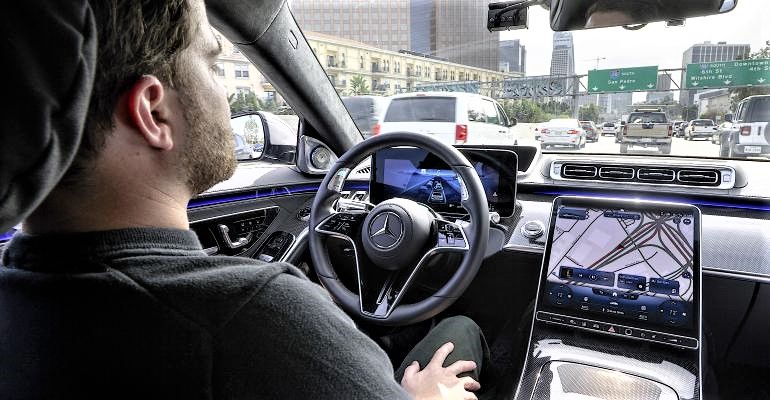qdeathstar
Completely Serious
Let's look at the past and present:
Without LIDAR, no one could reach the finish line for the first DARPA challenge in 2004.
By the 2007 DARPA Urban Challenge (Youtube), there were about 36 participants but only 6 were able to finish the race and they all had LIDAR.
1) Carnegie Mellon University, Tartan
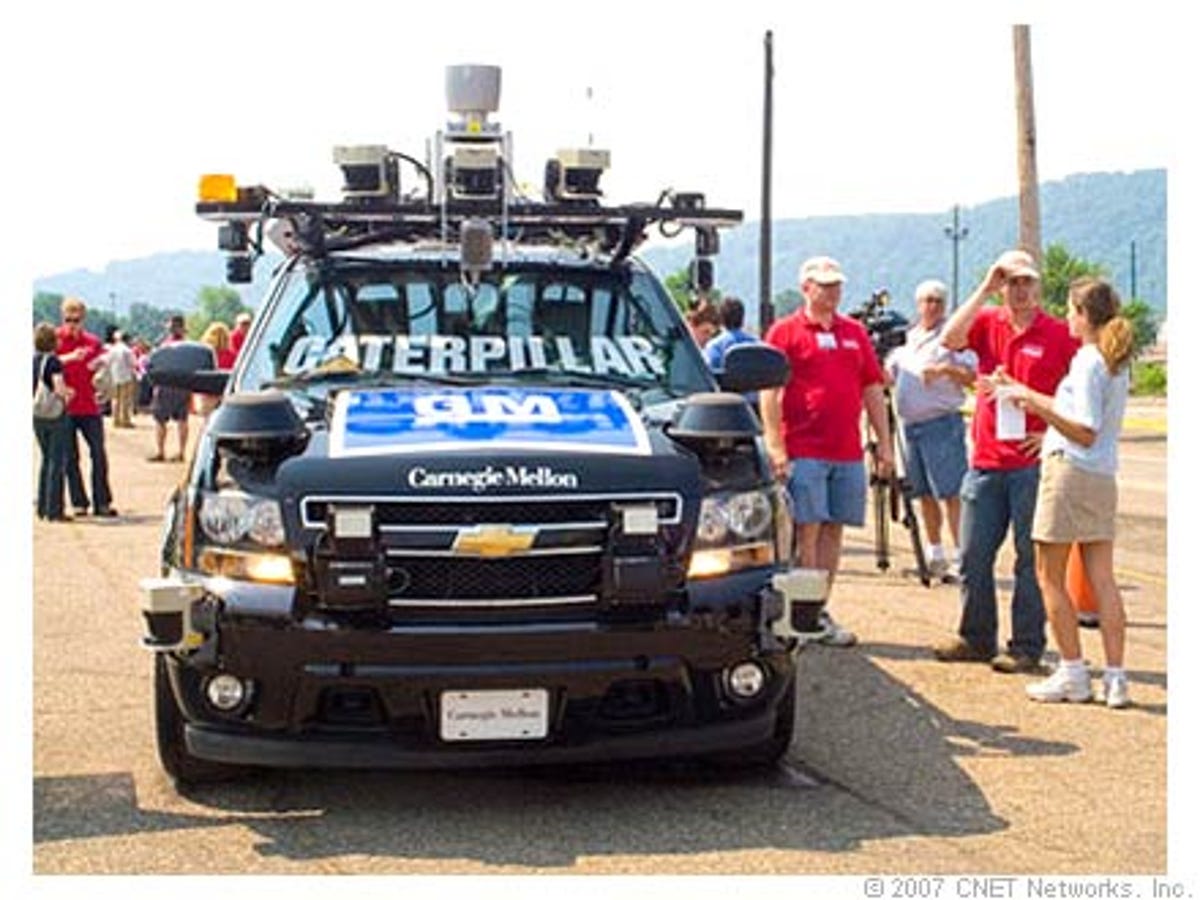
2) Stanford, Junior

3) Virginia Tech, VictorTango
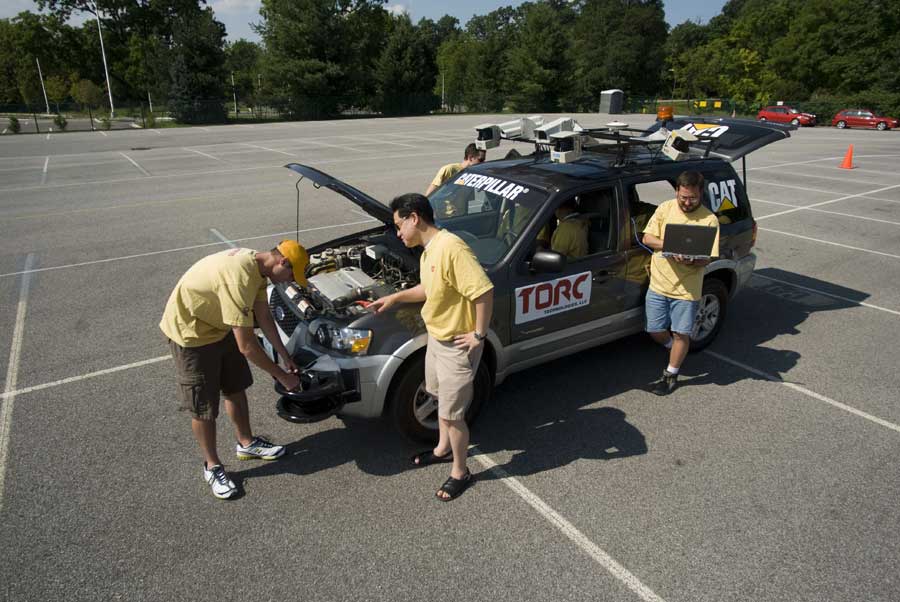
4) MIT, Talos:
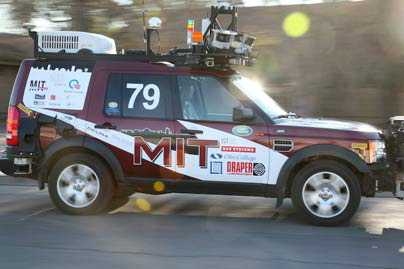
Finished the race among the 6: University of Pennsylvania, Little Ben
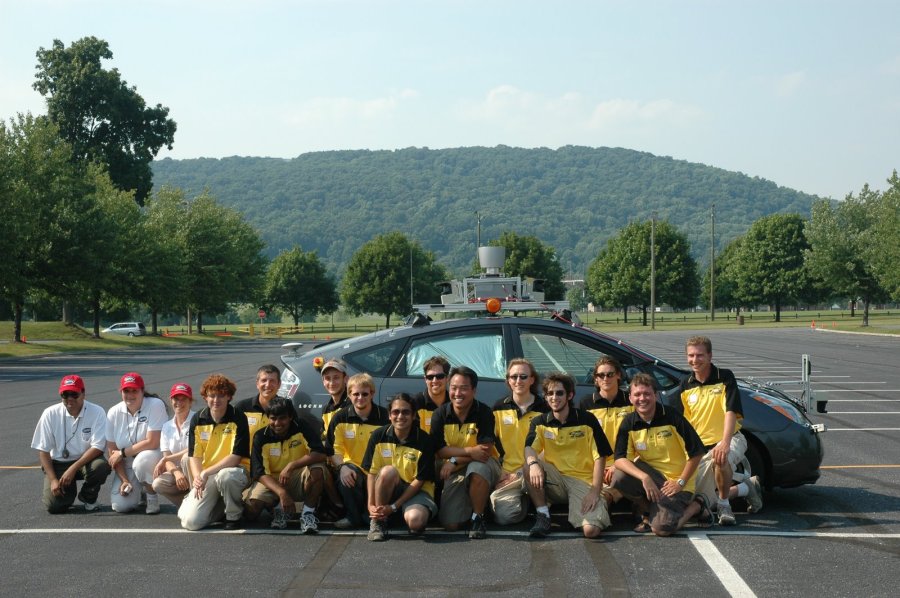
Finished the race among the 6: Team Cornell’s Skynet
View attachment 825396
Waymo has been able to use LIDAR to first let the blind man ride in its Prius with no human driver in 2012:
Waymo has been letting its driverless cars drive the public (not just NDA riders) around since 2020.
Companies that don't have LIDAR can't do that today.
With the advance of Tesla Vision, it still collides with stationary objects, and AI Addict were expelled from FSD beta as an example.
In my opinion: Collision Avoidance Technology: LIDAR has been proven since the 2007 DARPA Urban Challenge. In the meantime, Tesla Vision has been proven to be unreliable for Collision Avoidance Technology in the past and present because it still requires a human driver to blame.
What needs now in the LIDAR-equipped system is intelligence.
I disagree. It doesn’t prove anything. If you equip a car with millions of dollars worth of sensors it will be able to drive itself. But that car isn’t practical to sell to the masses. So it’s not a practical answer to level 5 self driving.
Technology no one can afford is useless.



